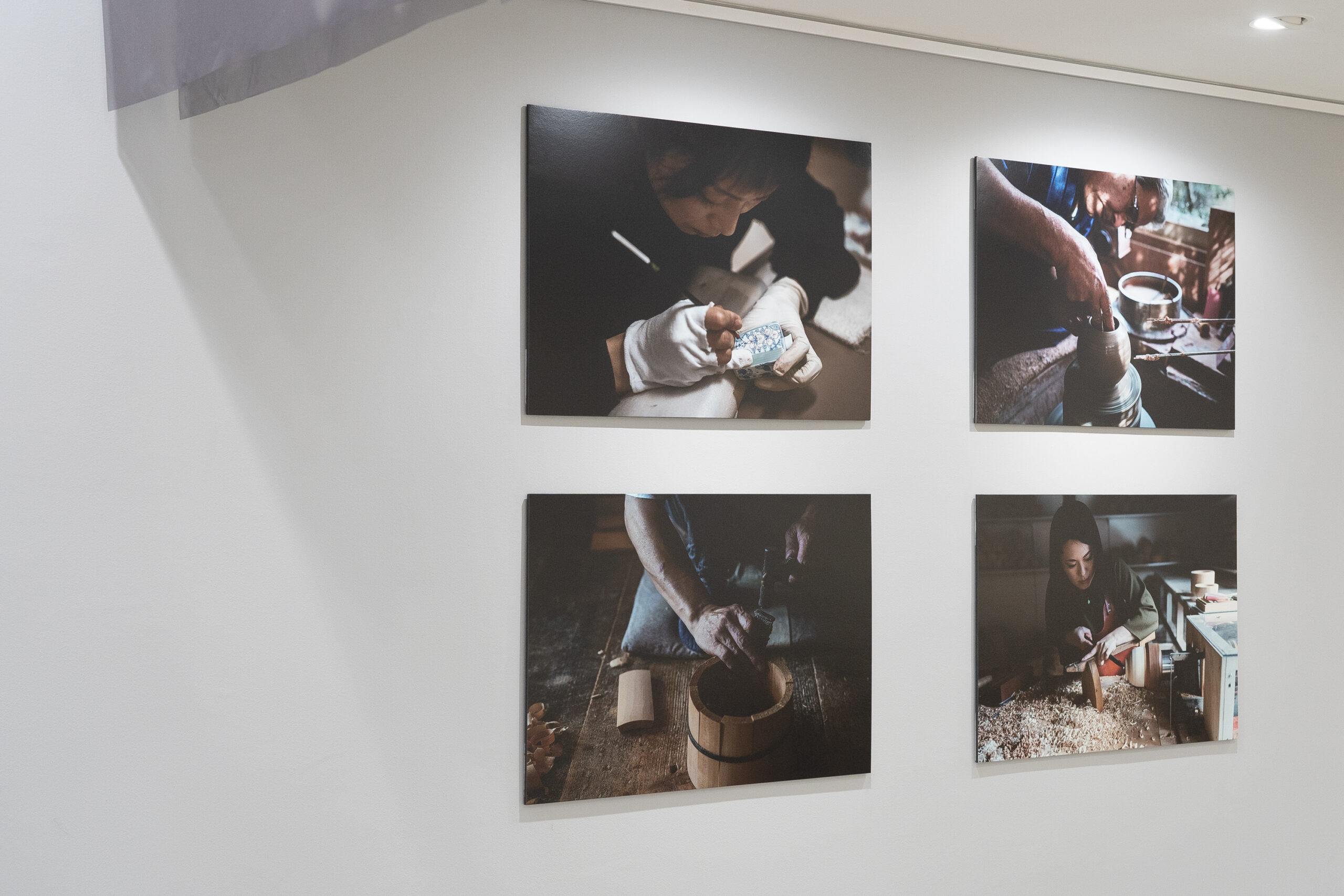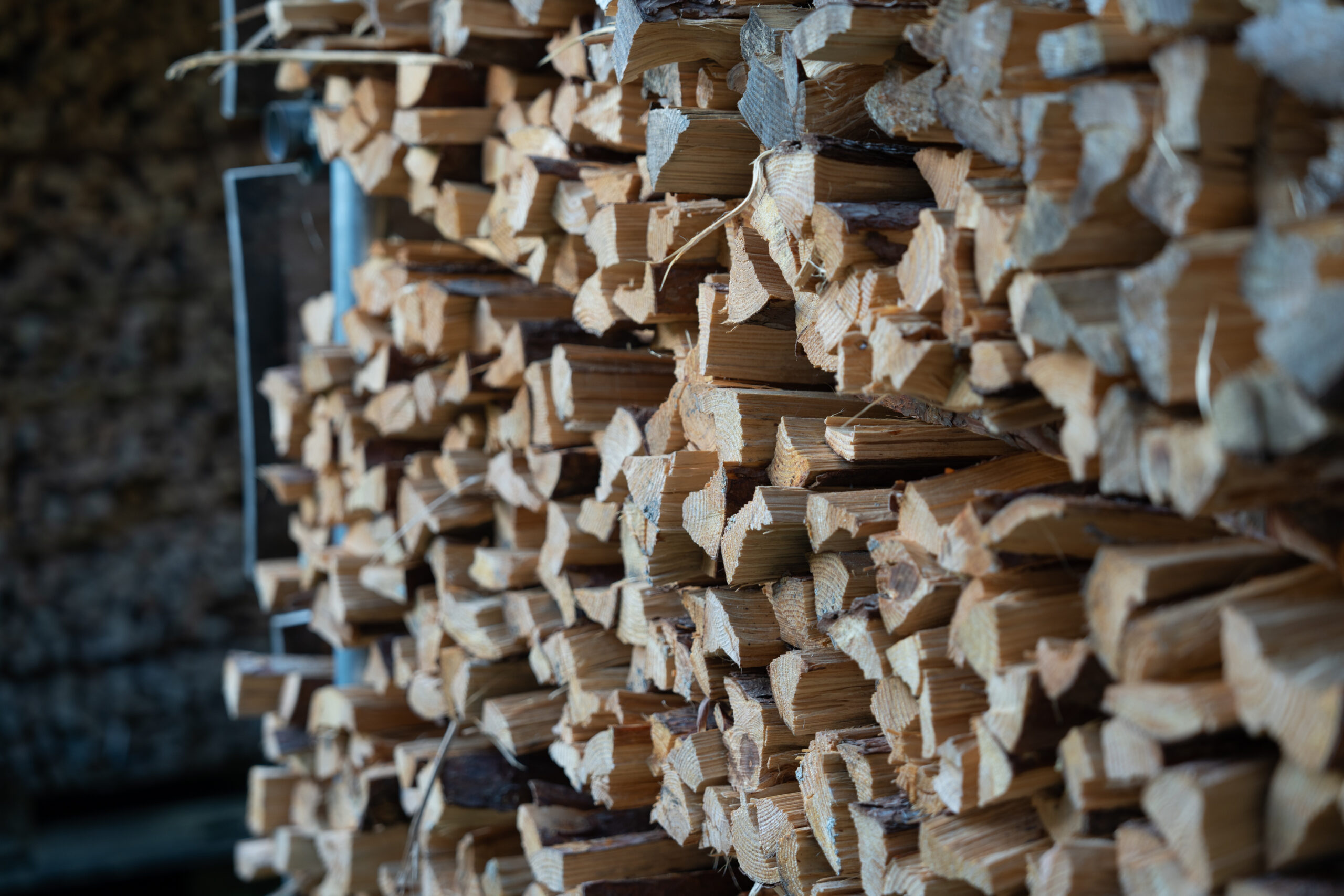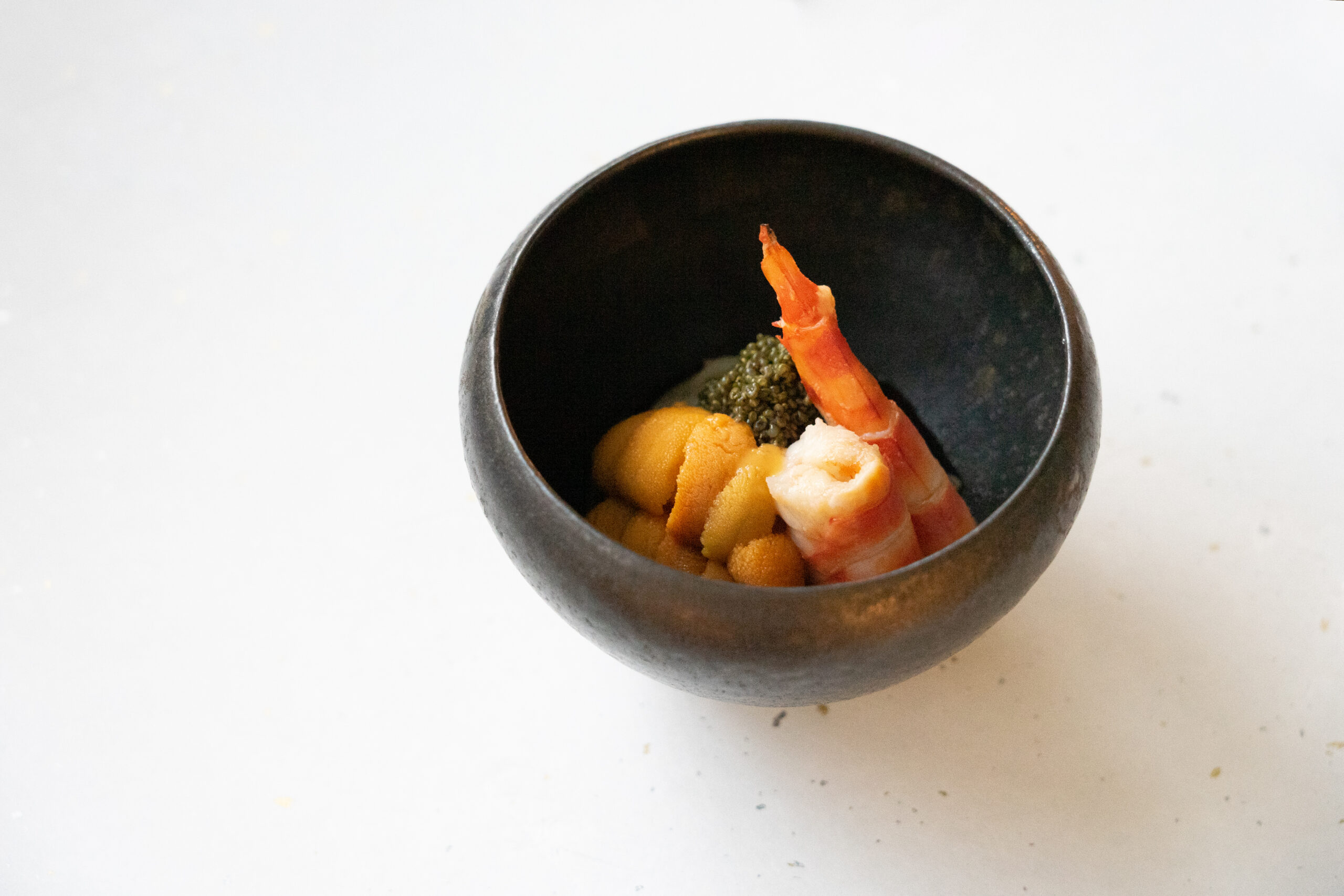Although not all processes in modern crafts are performed by hand, many still are. Things made by hand have a unique warmth and simplicity that will not soon lose its appeal. At the same time, I also believe that we modern people, who have become so accustomed to the high quality of machine-made products, need to have a slightly different attitude when coming into contact with handcrafted items.
In the future, with the advancement of AI and automation, we may eventually see the emergence of robots that can prepare delicious “home-cooked” meals from scratch, and the need to cook meals ourselves may decrease drastically. Crafts will be no different, and it will not be long before machines will be able to perfectly reproduce the delicate handiwork of humans. Nevertheless, I believe that the love we hold for things made by hand will remain unchanged for a while, just as the home-cooked meals we enjoy when we return to our hometowns cannot be compared to any other cuisine.
I wonder what hand-made goods like crafts should be like in the future. Of course, for the user, handcrafted products have a simpler feel that we feel closer to over time, but I think it is even more important that the creator enjoy the process itself of making things with their hands. Just as using one’s hands to play a musical instrument or cook a meal is one of the great sources of satisfaction for people, the making of goods should not be easily given over to machines just because they are more efficient and productive. Coming into contact with crafts is an experience where one not only feels their beauty, but there are moments when you can feel the creator’s joy in making it. One example is the Shigaraki ware artist Katsunori Sawa, whose painted works give us a sense of the joy of his handiwork, and in doing so brighten our own feelings.
Even if technology was able to create a perfect physical reproduction of such a craft, would it generate such an emotion? The fact that someone made something by hand is very important, and even if a machine-made product appeared exactly the same, it would probably resonate in a very different way. The human hand is a mysterious thing, and has a long history of creating all sorts of things. I would like to dig a little deeper into the possibilities of the human hand.
As a user of handcrafts, one should be a “connoisseur” who can appreciate irregularities positively, as individuality. In this day and age, it is not easy to see such unevenness in a positive light. Especially in Western culture, it is common for families to have many pieces of the same tableware, and beauty is seen in the neat appearance of the pieces. In Japanese households, on the other hand, it is more common to have different rice bowls and chopsticks for each family member: this rice bowl for father, these chopsticks for mother, and so on, as each person uses what they love. I would like to promote a sense of beauty that recognizes the individuality of different things rather than focusing on whether they are the same or not. I believe this is one of the roles of a Japanese craft gallery.
If you want to better understand the charm of crafts made by hand, I might suggest that you start doing something with your hands yourself. It could be simple home-cooking, painting, or even playing a musical instrument. If you try to do it for someone else, you will feel even more the beauty and the challenge of handwork. If you ask me if there is a bright future for handicrafts, it is difficult to answer; but if you ask me if handicrafts can change the future, I would like to answer with confidence that we can. This is what I feel every day when I interact with people who work with their hands.
Text: Yusuke Shibata



